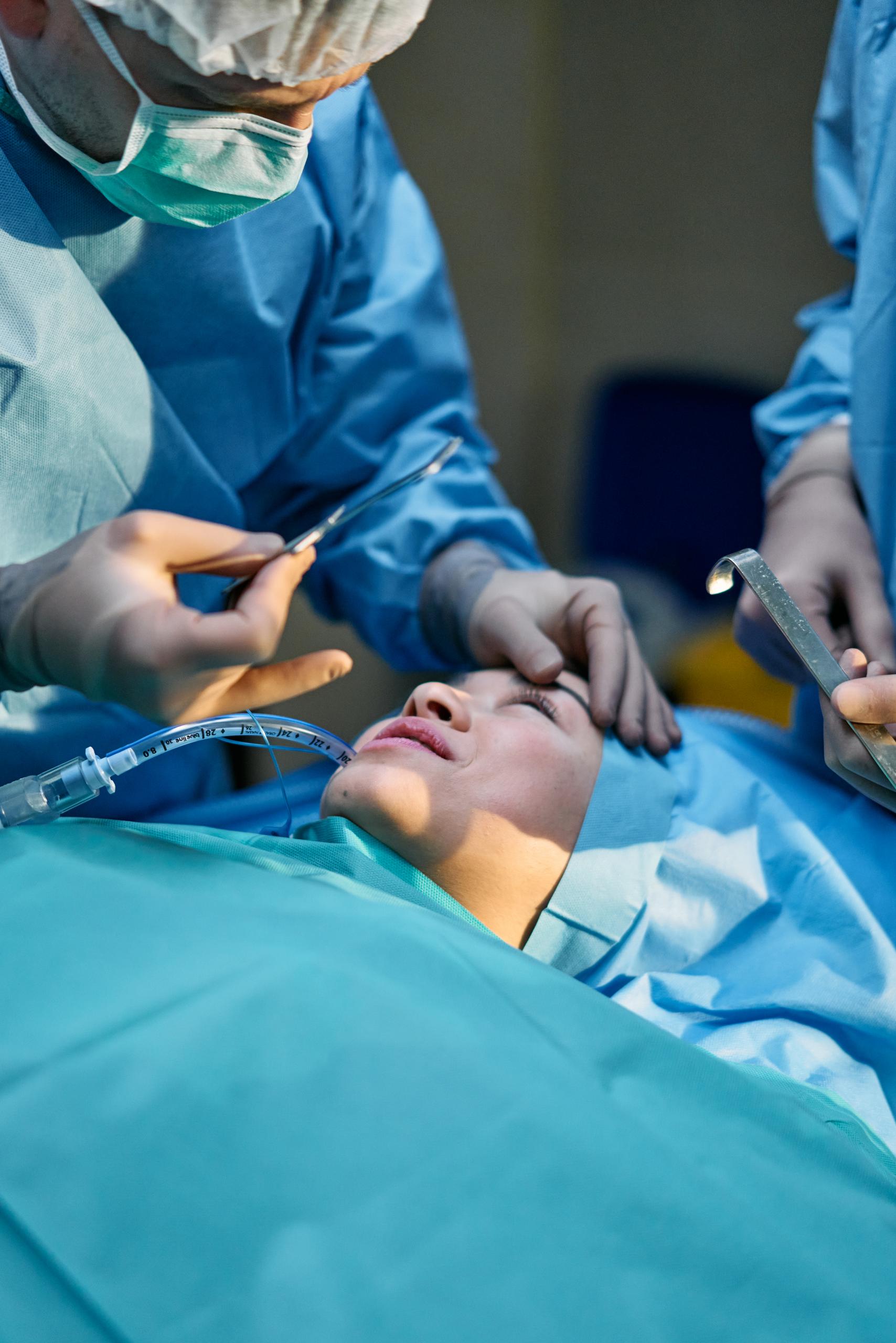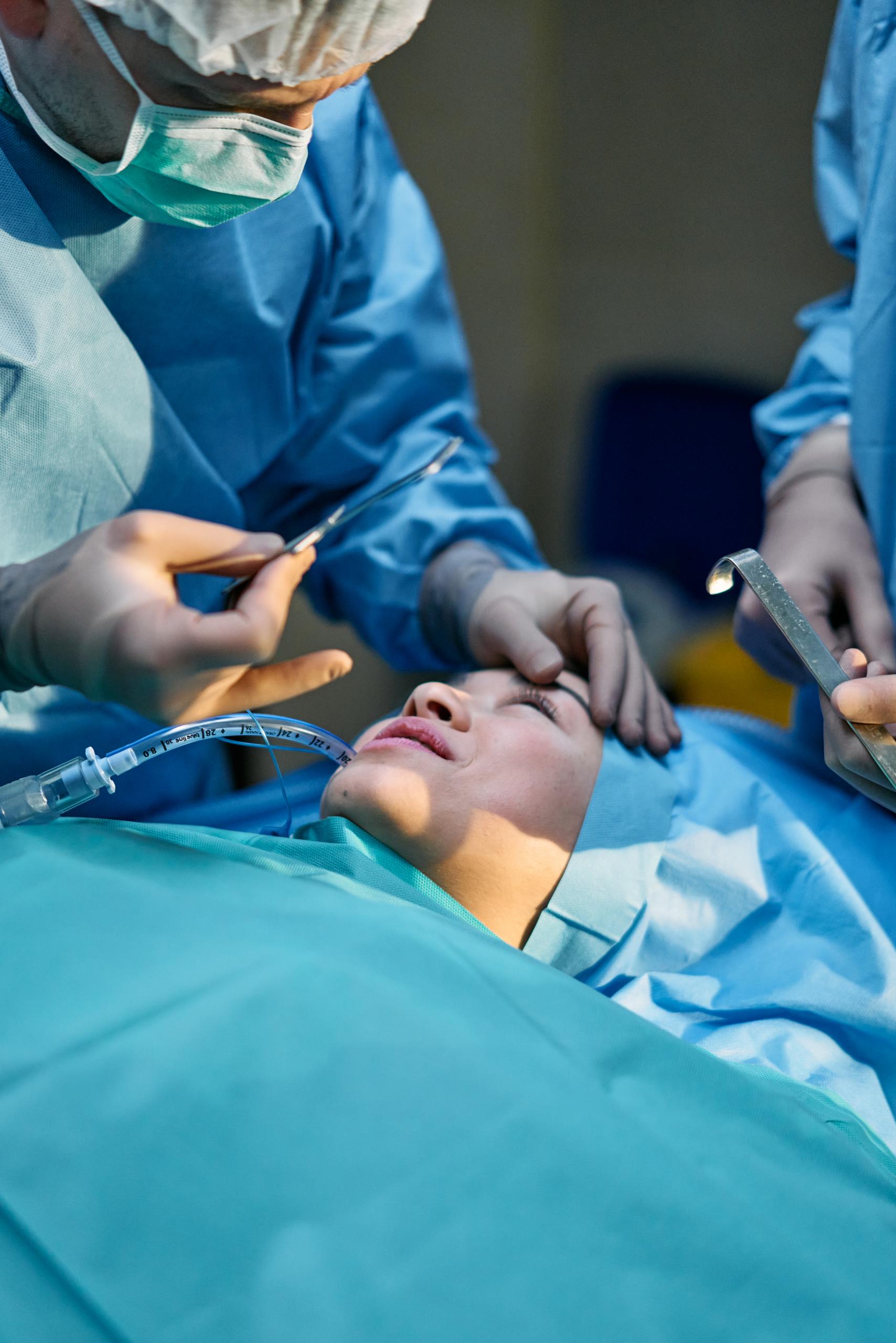Blocked Tear Duct Surgery Risks, Procedure & Recovery Explained By Top Surgeon
Dr. Harvey “Chip” Cole III, MD, FACS, Quadruple Board Certified Surgeon, explains common surgical procedures, inherent risks, and the recovery process in his awareness campaigns. The most recent one focuses on blocked tear ducts, and the procedure used to correct them.


We don't often think about our tear ducts, they're just another part of our body that works automatically, performing an important task in the background without us even noticing.
When they don't work as expected though, it can seriously impact your quality of life, as well as your vision. Luckily, there's a simple surgical procedure that can help.
Blocked tear ducts can occur in up to 10% of newborns and can also develop in adults. While the procedure to correct a blocked tear duct is generally quite safe, no surgery is entirely without risk. In his latest awareness campaign, Dr. Harvey “Chip” Cole III, MD, FACS, Quadruple Board Certified Surgeon, explains the procedures, risks, and recovery process after the operation.
Visit https://oculusplasticsurgery.com/procedures/surgical-procedures/blocked-tear-ducts-atlanta-ga to learn more about Dr. Chip Cole and common surgical procedures.
Dr. Cole highlights that the procedure, known as a dacryocystorhinostomy, can be performed either externally or internally using endoscopic tools. Though both procedures have a high rate of success with low risks, the endoscopic procedure allows the surgeon to complete your surgery with no external incisions to the face.
While an external surgery requires a small incision on the side of the nose, Dr. Cole notes that it has a 95% chance of success, as compared to 85% for an endoscopic procedure.
Dr. Chip Cole’s campaign covers the most common causes of a blocked tear duct, which include infections, chronic sinus problems, and broken noses. The expert highlights that patients requiring a dacryocystorhinostomy procedure often have mild but persistent symptoms, such as excessive tearing, redness, swelling, watery eyes, and discomfort.
Though the risks involved in the procedure are minimal, and only 5% of patients require additional surgery, you should be aware of the potential for excessive bleeding, infections, and abnormally fused tissue in the nose. It is also possible for the stent used to redirect your tears to become dislodged, and when an external procedure is used, there is a slight risk of prominent facial scarring.
The recovery process can vary based on whether your procedure is internal or external, but most patients can resume their normal activities within 1 to 2 weeks. During this time, some residual tearing often occurs, and if it persists, you may want to consider returning to your surgeon’s office to have the area irrigated.
This awareness campaign is part of an educational series launched by Dr. Chip Cole and his Face Change Foundation, a non-profit organization that provides cosmetic services for troubled teens that have been victims of domestic or sexual abuse.
Dr. Chip Cole is a rejuvenation and reconstruction specialist, with over 33 years of experience, and more than 33,000 completed surgeries. He is known nationally and internationally as "The Eye Guy," for his expertise in oculoplastic surgery.
Visit https://oculusplasticsurgery.com/procedures/surgical-procedures/blocked-tear-ducts-atlanta-ga to learn more about Dr. Chip Cole, the Face Change Foundation, and the risks involved in common surgeries.

